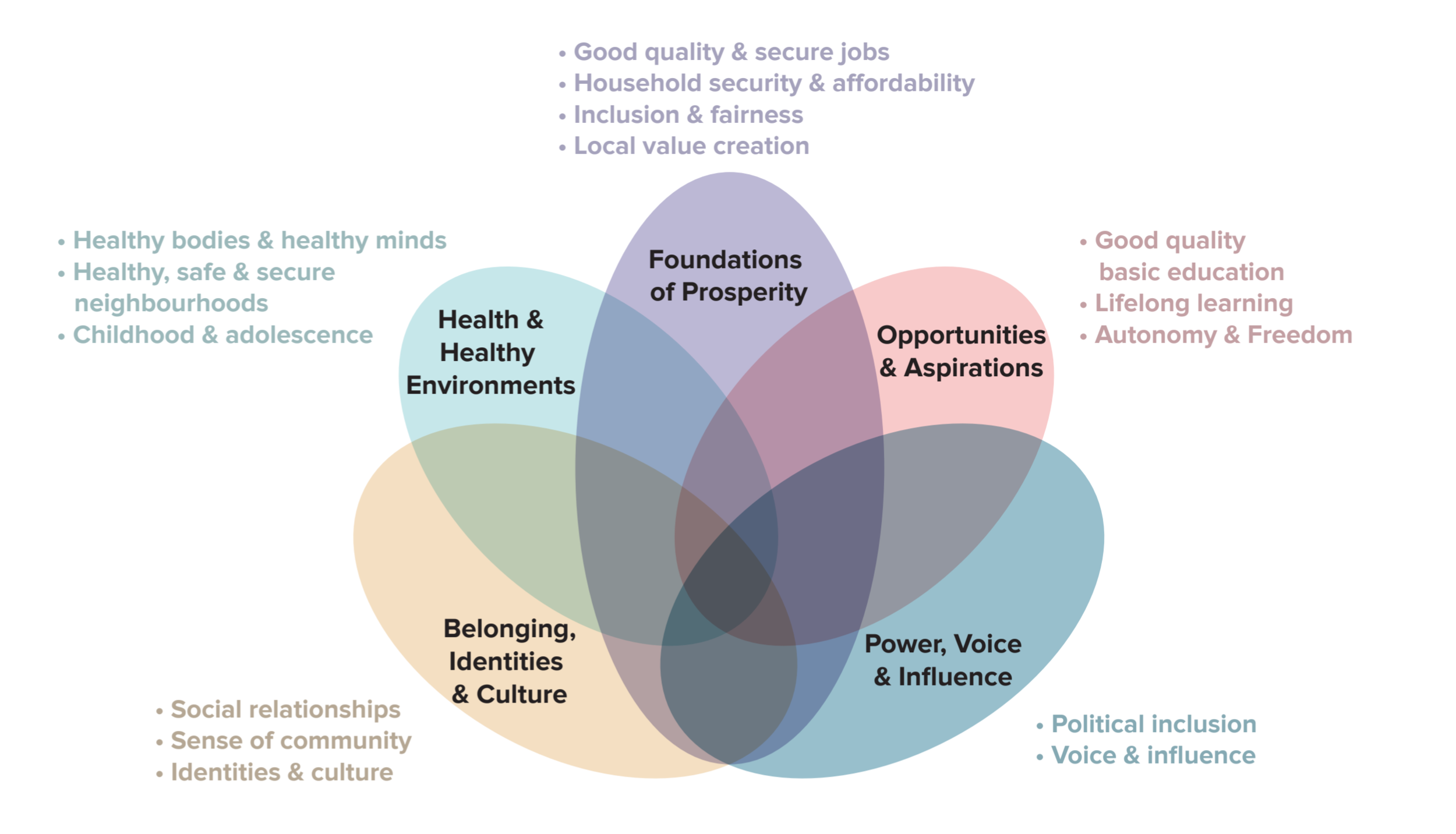One year of Reed Mobility - and what a year
June 2020 marks one year since I founded Reed Mobility – an independent consultancy working towards a safer, cleaner, more ethical and more equitable transport system. I wanted to reflect on what it has meant to be working independently in this strangest of years.
Much of Reed Mobility’s work stems from my experiences leading R&D at TRL and Bosch, particularly in the connected and automated vehicle (CAV) sector, with leadership roles in projects such as GATEway (CAV trials), Smart Mobility Living Lab (London mobility innovation testbed), Helm UK (truck platooning) and ConVEx (mobility data exchange platform). Fruitful partnerships emerged with leading academic, industry, public sector and start-up partners, including Imperial College London, Royal College of Art, Telefonica O2, Bosch, Direct Line Group, Jaguar Land Rover, TfL, Highways England, CCAV, the Law Commission, Royal Borough of Greenwich, Oxbotica, Five, Immense, BSI and many others.
Observing the diversity of interests across this broad community and by participating in industry stakeholder meetings, Government consultations and Parliamentary inquiries, different perspectives emerge over the impact CAVs will have:
What can they do? (And what can’t they do?)
What does that enable? (And what will be the unintended consequences?)
When will they have an impact? (And what opportunities for short-term benefit may be missed while we await their arrival?)
Who will benefit from them? (And who stands to lose out?)
Where will they have an impact? (And where will they be irrelevant?)
In the 2010s, articles on CAVs tended to focus on answering the former questions in each bullet-point and not addressing the latter. As AV deployment deadlines are missed, scepticism is growing and the technology heads towards the trough of disillusionment. However, although we await large scale CAV deployment, there is still significant momentum in their development. Waymo are partnering with Volvo Cars on the creation of “an all-new mobility-focused electric vehicle platform for ride hailing services” and Amazon are reportedly acquiring AV developer Zoox for more than $1bn (which may foreshadow automated goods and / or passenger services). Although Zoox is yet to generate income, its acquisition by Amazon deal may represent good value since it had previously been valued at more than $3bn. The deals indicate that two of the world’s richest companies clearly believe that CAVs constitute a big opportunity but, thinking about the perspectives above, what will that opportunity entail?
The work of the UCL Institute for Global Prosperity provides some context to help address this question. Moore and Woodcraft (2019)[1] studied London neighbourhoods and examined how prosperity emerges from lived experiences, framing it in a model with five, high-level dimensions – as shown in the figure.
Prosperity Model showing categorisation of the essential / important factors to prosperity (Institute for Global Prosperity, 2017)
The model illustrates how transport choices and policies can contribute to prosperity. Working through examples in the model (clockwise from the bottom left):
Belonging, identities and culture - transport helps individuals build and sustain social networks and community identity;
Health & Healthy Environments - transport choices can directly and indirectly affect health;
Foundations of Prosperity - transport systems will influence the number and types of jobs that are accessible for a community while vehicle types and infrastructure design affect inclusivity and fairness;
Opportunities & Aspirations - the availability of transport will affect access to education and the ability to pursue aspirational goals;
Power, Voice & influence - the accessibility of polling stations will influence democratic outcomes.
When CAVs affect transportation at scale, they will therefore influence prosperity across these five dimensions (at least!). The role that social science can play in understanding this influence is explored in a wonderful paper[2] from Tom Cohen, Jack Stilgoe, Sally Stares, Clemence Cavoli, Glenn Lyons, Chris Tennant, Zia Wadud and many others (building on discussions held in a workshop in which I was a participant). It was the chance to explore the wider implications of transport innovation that inspired my work at Bosch and is now central to the work of Reed Mobility.
How is Reed Mobility contributing?
An example of how Reed Mobility is contributing to this area is my work as a member of an expert panel selected by the European Commission to consider the ethical issues of automated vehicles. The recommendations from this project are due to be published later this year. I’m proud of how the diverse expertise of the group has come together to address some of the thorniest ethical challenges of this technology and looking forward to the debates that I’m sure will be elicited by its publication.
A second example comes from my work for Bosch in their role in the ConVEx project, which is creating a data exchange platform and is led by Transport for West Midlands with support from Jaguar Land Rover and University of Warwick (and innovation partners Immense, Synaptiv and Valerann). The ability to find and evaluate data on the performance of CAVs and use that to model the impact of CAV services could be transformational in understanding the diverse effects they may have on safety, prosperity and sustainability.
A third example is my work for BSI on CAV terminology and future standards. By acting as technical author of definitions for terms related to CAVs, it helps us to discuss the topic in a common language and reduce the risk of ‘autonowashing’ – a concept created by Liza Dixon to refer to exaggeration of the capabilities of partially automated vehicles by media and marketing. Supporting BSI’s future standards roadmap means working with stakeholders across the public, private and academic sectors to help plot how new standards and guidelines can help CAV start-ups and industry leaders to accelerate development and deployment with safety in mind.
Reflections on 2020
Finally, it would be remiss of me not to reflect on the transport implications of the events of recent months. The COVID-19 crisis has brought tragic loss of life with significant associated impacts on lives and livelihoods as we have tried to militate against the worst outcomes. In our tentative emergence from the lockdown, it is vital not only to consider how we restore a pre-COVID ‘normal’ but also how we retain some of the positives that have emerged from this tragedy. In particular, the cleaner air, quieter roads and the willingness to use sustainable modes – each of which has contributed to the heartening sight of young families feeling confident to take bike rides together.
Those able to work from home (WFH) have enjoyed the opportunity to do so, which may help with the limitations on public transport capacity in the short term but may also bring longer lasting effects on our use of transport systems and commercial office environments. There are benefits to commuting journeys - including the chance to build in other trips (for shopping, socialising etc.), to engage with others, to feel part of a wider community, to get some exercise (if you can walk / run / cycle to the office or transport hub) and some are able to work during this commuting time. However, London commuters, with an average daily time spent commuting estimated at 81 minutes, save over six-and-a-half hours per week by WFH - or nearly a full working day. It’s no surprise then many would like to greater flexibility from their employers in being able to WFH when the lockdown restrictions are lifted.
That said, there is a danger that this shift reinforces existing inequalities. Although lower paid city office workers who can WFH may make greater time and travel savings than richer colleagues who can afford to live closer to urban centres, significant differences emerge in the types of job that can be delivered from home. Workers in higher paid industries tend to be able to WFH whereas employees in sectors with lower than average salaries (e.g. hotel / restaurant workers) tend not to have that privilege. Similarly, the ability to WFH may depends on factors such as having the electronic equipment (e.g. laptop, webcam etc), services (e.g. WiFi) and space (e.g. quiet back bedroom) to be able to do so, which creates a barrier to entry for many.
The last few months have also provided a range of perspectives on how we use our streets and public spaces. Where streets had seemed prioritised for motorised traffic, footway widening and temporary cycle lanes have (slightly!) tipped the balance towards streets being for people rather than cars. The Extinction Rebellion and Black Lives Matter movements have highlighted how streets are venues for protest. Messages painted on streets and the removal of statues have emotively shown how we use our public spaces for art and expression. In response to the Black Lives Matter protests, President Trump heavy-handedly and somewhat chillingly called on state governors to “dominate the streets” – a statement that reinforced the significance of these public spaces but with a tone that pitched streets as battlegrounds. Finally, the tragedy of Forbury Gardens reminds us that the freedom to enjoy our public spaces without fear is a valuable commodity that requires dedication from all sectors of society to achieve.
Year 2 for Reed Mobility…
Amidst this turmoil, what will happen in Reed Mobility’s second year? In the CAV sector, we may start to see the Waymo / Volvo and Amazon / Zoox partnerships bearing fruit and perhaps responses from competitors such as ArgoAI, Aurora, Cruise, and Baidu. Amidst the consolidation and challenging market conditions, UK CAV developers like Oxbotica, Five, Propelmee and Aurrigo will have to fight for investment and to achieve their ambitions. The ConVEx platform will go live, giving an opportunity to assess the real viability of mobility data sharing as a business. We’ll see if active mobility can sustain its COVID-driven ascendancy and whether the accelerated introduction of e-scooter trials leads to their longer term integration into the transport ecosystem.
In addition to coping with what could be a long tail of wide-ranging aftereffects from COVID-19, we will also have to deal with transport issues associated with Brexit and the growing frequency of extreme weather events – and how we can migrate to lower carbon transport systems to help tackle climate breakdown. More positively, the lockdown period should mean that the UK’s road safety statistics improve significantly for the first time in a decade and the hope would be that this improvement could at least be retained in years to come. Undoubtedly, there will be unforeseen challenges and industry developments that shift our perspectives again. However, I strongly believe that, working with principles of respect and justice in mind, by continuing to learn from recent and not-so-recent experiences and working collaboratively across public, private, academic and start-up sectors, the next twelve months can improve the safety, sustainability, inclusivity, equality and prosperity of our transport systems. How far is up to us…
[1] Moore, H. L., & Woodcraft, S. (2019). Understanding Prosperity in East London: Local Meanings and “Sticky” Measures of the Good Life. City & Society, 31(2), 275-298.
[2] Cohen, T., Stilgoe, J., Stares, S., Akyelken, N., Cavoli, C., Day, J., ... & Marres, N. (2020). A constructive role for social science in the development of automated vehicles. Transportation Research Interdisciplinary Perspectives, 6, 100133.

